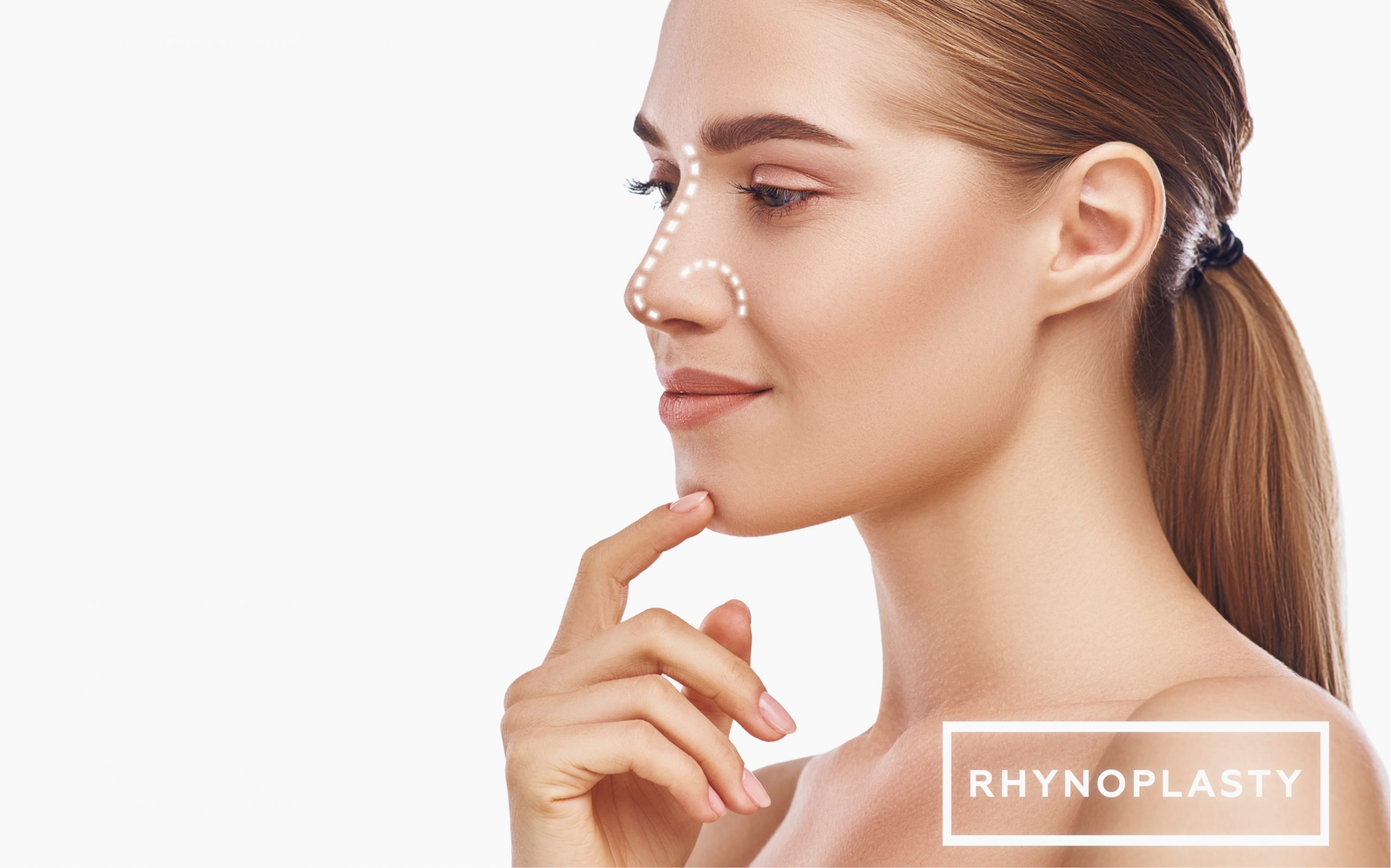An Unbiased View of Rhinoplasty Austin
Table of ContentsSome Known Incorrect Statements About Rhinoplasty Surgery Austin Examine This Report about Austin Rhinoplasty
Nasal anatomy: The philtrum. The surgical management of nasal problems and defects divides the nose into 6 anatomic subunits: (i) the dorsum, (ii) the sidewalls (paired), (iii) the hemilobules (paired), (iv) the soft triangles (paired), (v) the alae (paired), and (vi) the columella. Surgical correction and reconstruction comprehend the whole structural subunit affected by the flaw (wound) or deformity, hence, the whole subunit is remedied, specifically when the resection (cutting) of the problem encompasses more than half of the subunit.
When observed from listed below (worm's-eye view), the alar base sets up an isosceles triangle, with its pinnacle at the infra-tip lobule, immediately beneath the pointer of the nose. The facially proportional projection of the nasal idea (the range of the nose's tip from the face) is figured out with the Goode Technique, where the projection of the nasal pointer need to be 5560 percent of the range in between the nasion (nasofrontal junction) and the tip-defining point.

55:1 to 0. 60:1, is the perfect nasal-tip-to-nasal-length projection. Nose Job: Nasal Class I. The Roman nose. (Nasology Eden Warwick, 1848) Rhinoplasty: Nasal Class II. The Greek nose. (Nasology Eden Warwick, 1848) Rhinoplasty: Nasal Class III. The African nose. (Nasology Eden Warwick, 1848) Rhinoplasty: Nasal Class IV. The Hawk nose. (Nasology Eden Warwick, 1848) Rhinoplasty: Nasal Class V.
(Nasology Eden Warwick, 1848) Rhinoplasty: Nasal Class VI. The celestial nose. (Nasology Eden Warwick, 1848) To figure out the patient's viability for undergoing a nose job procedure, the surgeon scientifically examines him or her with a complete medical history (anamnesis) to identify his/her physical and psychological health. The potential patient needs to discuss to the physiciansurgeon the functional and aesthetic nasal problems that he or she suffers.
In addition, additional to physical suitability is mental suitabilitythe patient's psychological intention for going through nose surgical treatment is important to the cosmetic surgeon's pre-operative examination of the client. The complete physical exam of the rhinoplasty patient identifies if she or he is healthy to go through and tolerate the physiologic tensions of nose surgical treatment.
The 10-Minute Rule for Austin Rhinoplasty
Specific facial and nasal assessments record the patient's skin-type, existing surgical scars, and the balance and asymmetry of the aesthetic nasal subunits. The external and internal nasal evaluation focuses upon the anatomic thirds of the noseupper section, middle section, lower sectionspecifically noting their structures; the steps of the nasal angles (at which the external nose tasks from the face); and the physical attributes of the naso-facial bony and soft tissues.
Additionally, when required, particular teststhe mirror test, vasoconstriction examinations, and the Cottle maneuverare consisted of to the pre-operative assessment of the potential rhinoplasty patient. Established by Maurice H. Cottle (18981981), the Cottle maneuver is a principal diagnostic method for detecting an internal nasal-valve disorder; whilst the client carefully motivates, the cosmetic surgeon laterally other pulls the patient's cheek, therefore mimicing the widening of the cross-sectional location of the corresponding internal nasal valve. Technically, the plastic surgeon's incisional technique classifies the nasal surgery either as an open nose job or as a closed nose surgery procedure. In open nose job, the cosmetic surgeon makes a small, irregular incision to the columella, the fleshy, exterior-end of the nasal septum; this columellar cut is additional to the usual set of incisions for a nasal correction.
Rhinoplastic correction: A kid afflicted with a cleft lip and a cleft palate - rhinoplasty surgery austin. Other than for the columellar incision, the technical and procedural approaches of open nose surgery and of closed nose surgery are comparable; yet closed nose job treatment functions: Minimized dissection (cutting) of the nasal tissuesno columellar cut Reduced potential for the extreme reduction (cutting) of the nasal-tip assistance Decreased post-operative edema Decreased visible scarring Reduced iatrogenic (unintentional) damage to the nose, by the cosmetic surgeon Increased accessibility for effecting in situ procedural and technical modifications Palpation that enables the surgeon to feel the interior changes Find Out More effected to the nose Much shorter operating space time Quicker post-surgical healing and convalescence for the client The open nose surgery technique affords the cosmetic surgeon benefits of ease in protecting grafts (skin, cartilage, bone) and, most importantly, in securing the nasal cartilage appropriately, and so better to make the proper evaluation and treatment.

Cleft lip and taste buds in mix; cleft lip (cheiloschisis) and cleft taste buds (palatoschisis), separately. Genetic nasal irregularities Genetically derived ethnic-nose problems Allergic and vasomotor rhinitis inflammations of the mucous membrane of the nose triggered by an irritant, and triggered by circulatory and anxious system disorders. Bites animal and human Burns triggered by chemicals, electrical energy, friction, heat, light, and radiation.